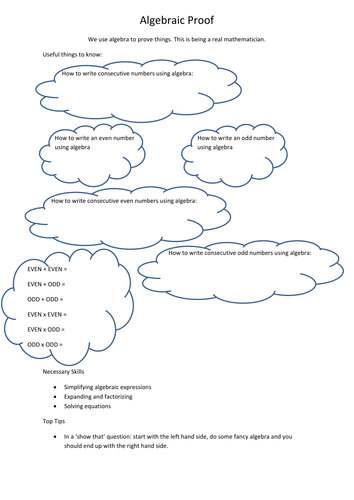17 Equations That Changed The World Pdf
ElectronicsTransformer Design Wikibooks, open books for an open world. Single phase transformer. Equations That Changed The World Pdf Download' title='17 Equations That Changed The World Pdf Download' />
ElectronicsTransformer Design Wikibooks, open books for an open world. Single phase transformer. Equations That Changed The World Pdf Download' title='17 Equations That Changed The World Pdf Download' />